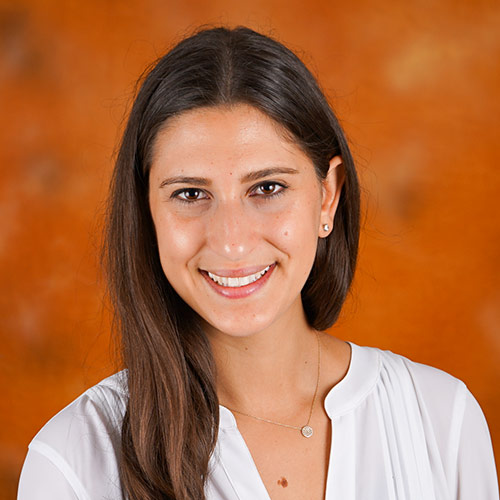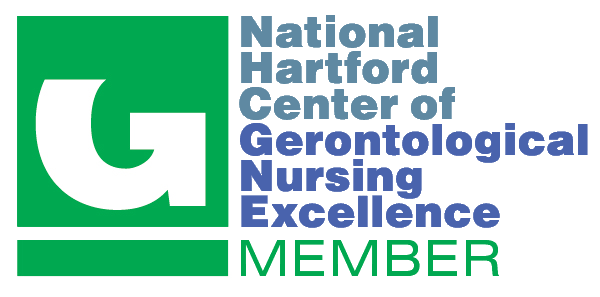Doctor of Nursing Practice Program
Gloria Rothenberg, DNP, MSN, FNP-C

-
Committee Chair Name & Credentials:
Julia Steed, PhD, RN, FNP-BC
DNP Project Abstract
Tailored Education to Increase Readiness to Find a Living Kidney Donor at a Single Transplant Center in New York
Purpose
This quality improvement initiative aims to use a tailored education intervention guided by the Transtheoretical Model (TTM) to increase end-stage renal disease (ESRD) patients’ readiness to take action to find a living kidney donor.
Methods
This quality improvement initiative involves implementing a tailored education intervention guided by the TTM to assess and influence readiness for a health behavior change. The project utilizes a pre- and post-intervention readiness assessment to find a living kidney donor. The setting of this quality improvement initiative is the Kidney Transplant Center at Montefiore Medical Center, which is a non-profit health system located in the Bronx, New York. Participants include patients who qualify for Montefiore’s adult kidney transplant waitlist and do not have a potential living kidney donor.
Results
There were 13 participants recruited during the one-month study period compared with 37 eligible patients, making the exposure rate approximately 35%. Eight out of 13 participants progressed to a later stage of change from an earlier stage of change after the intervention. Before the education intervention, there were three participants in the preparation or action phase. After the education intervention, seven participants were in the preparation or action phase. Five out of the 13 participants remained in the same stage before the intervention and following it.
Implications for Practice
Montefiore Medical Center should continue to utilize the tailored education intervention among ESRD patients. The team should train additional staff to conduct the surveys and implement the education. Future quality improvement and intervention studies are needed to examine further the success of the current project, the effectiveness of the intervention, and the impact of tailored education on ESRD patients and their readiness to seek living kidney donors. Ideally, a multi-site project implemented in multiple regions across the country would help ensure a larger and more culturally, racially, economically diverse participant population to improve the generalization of the data.




